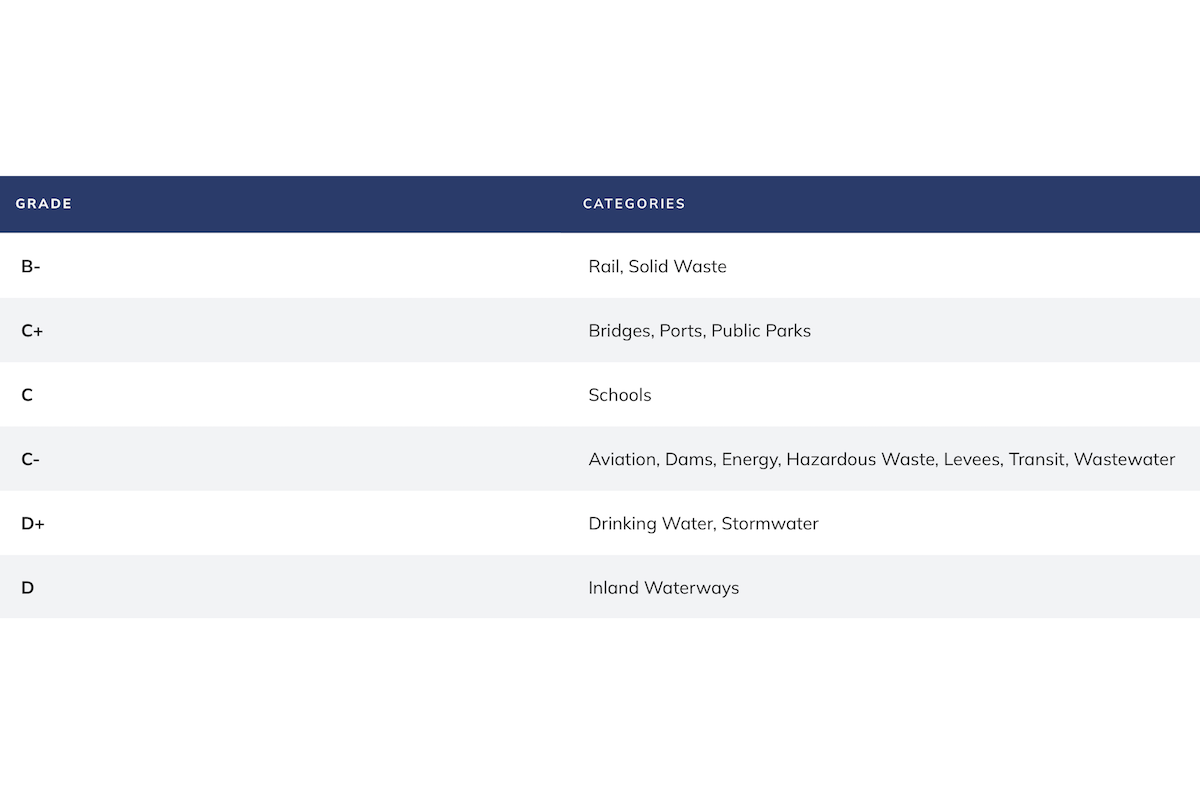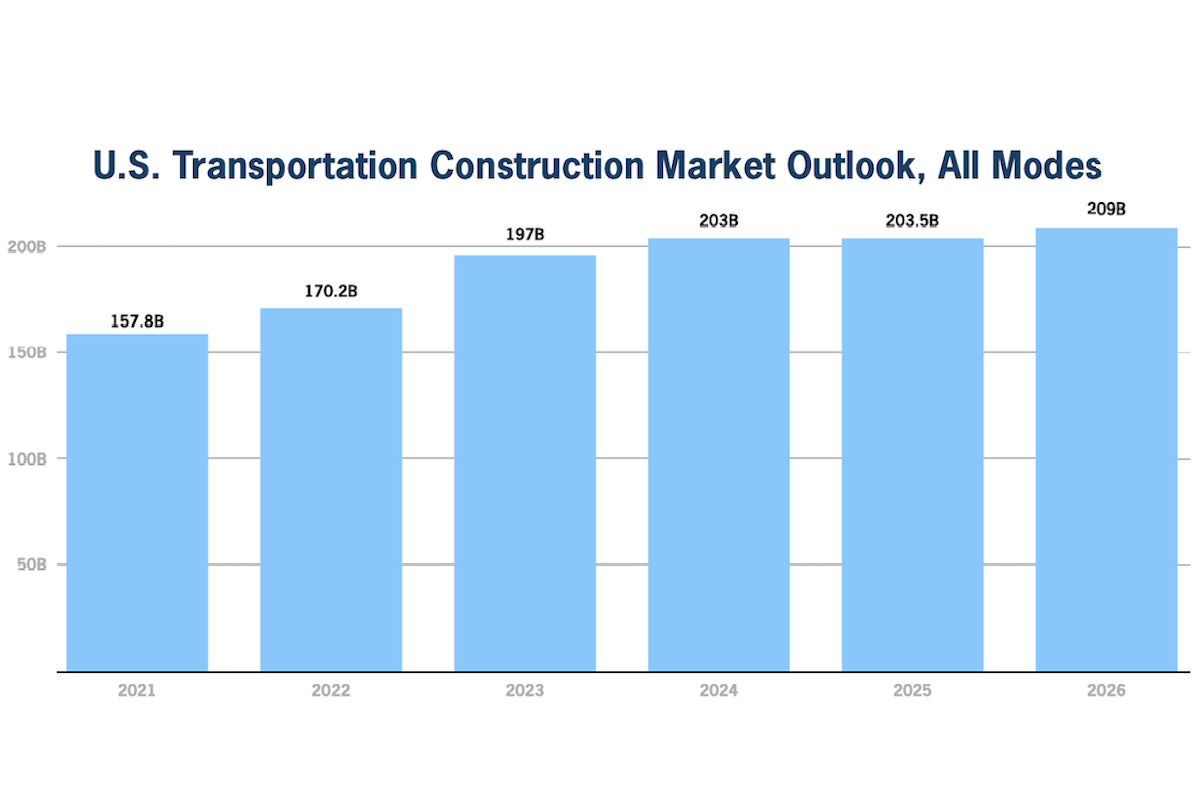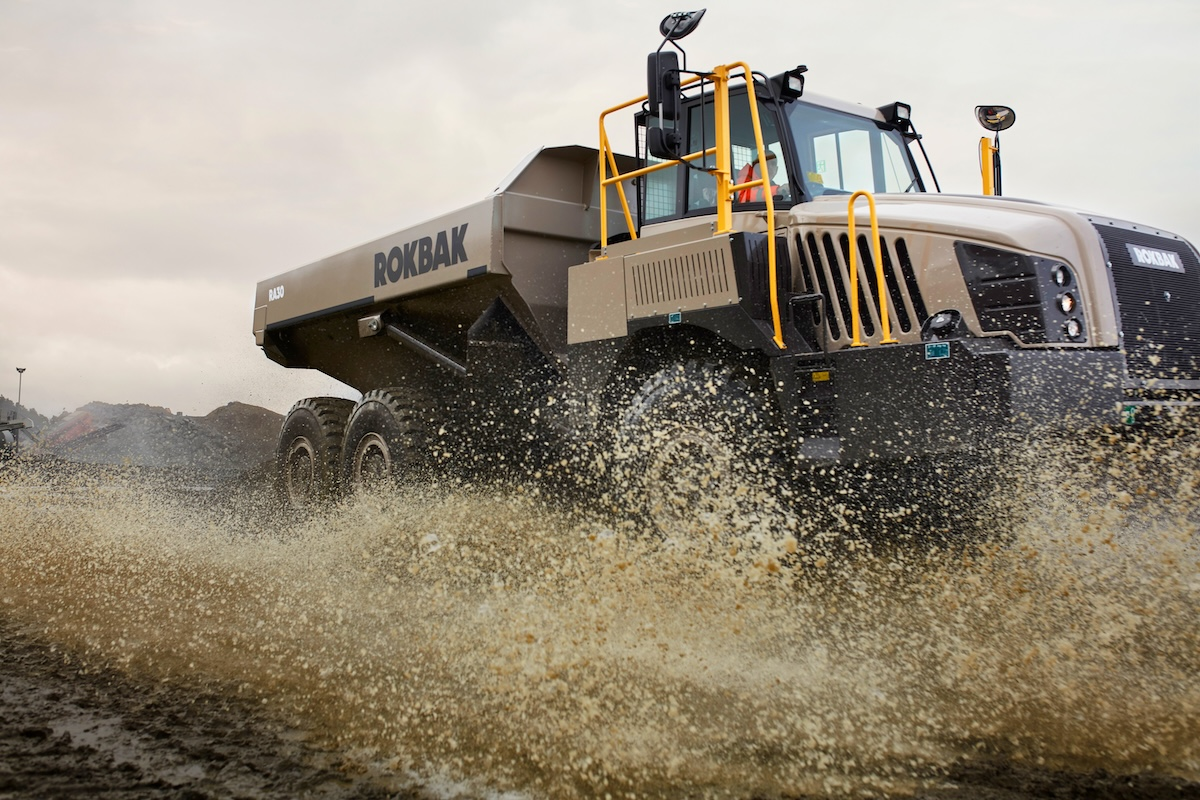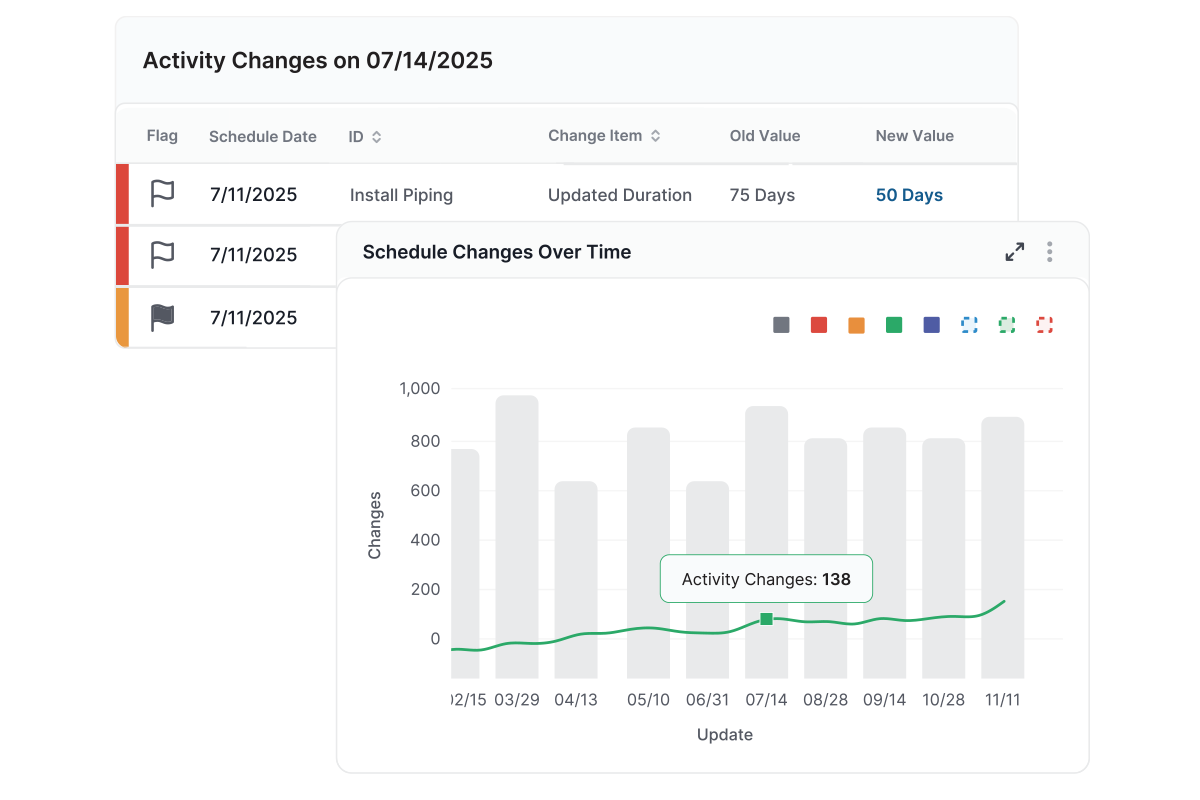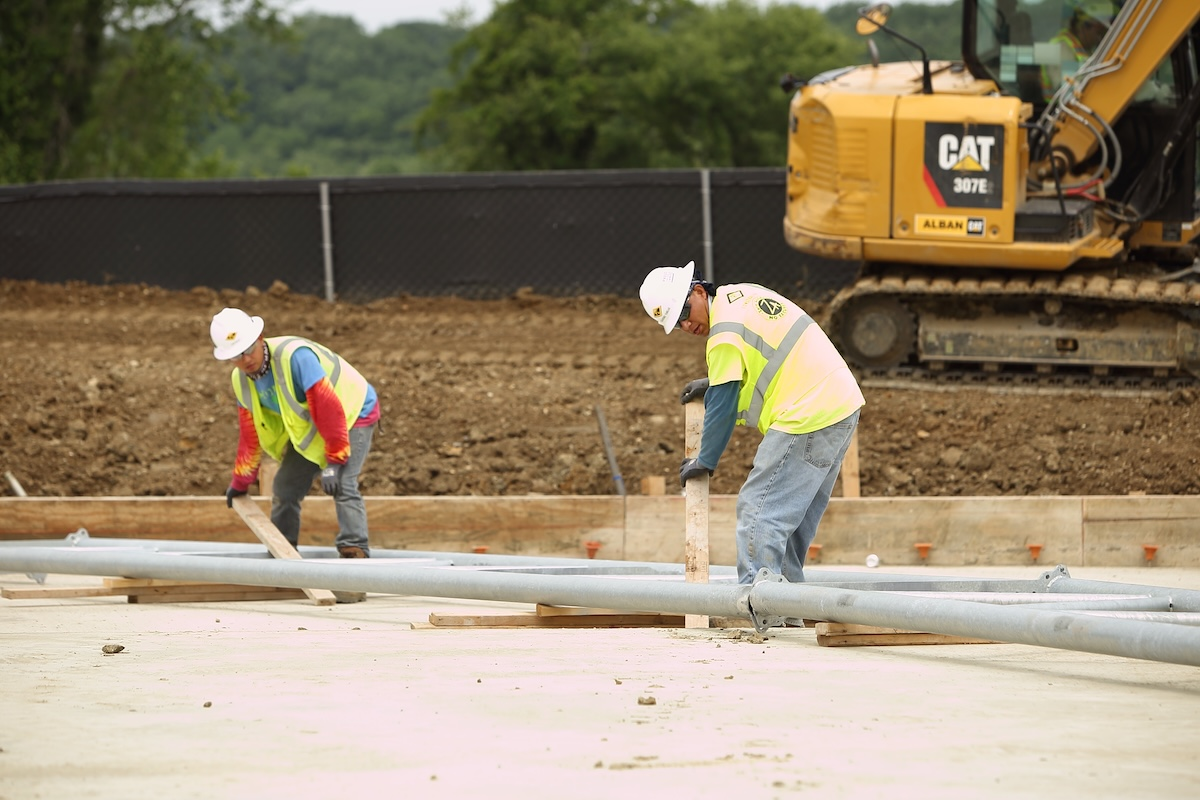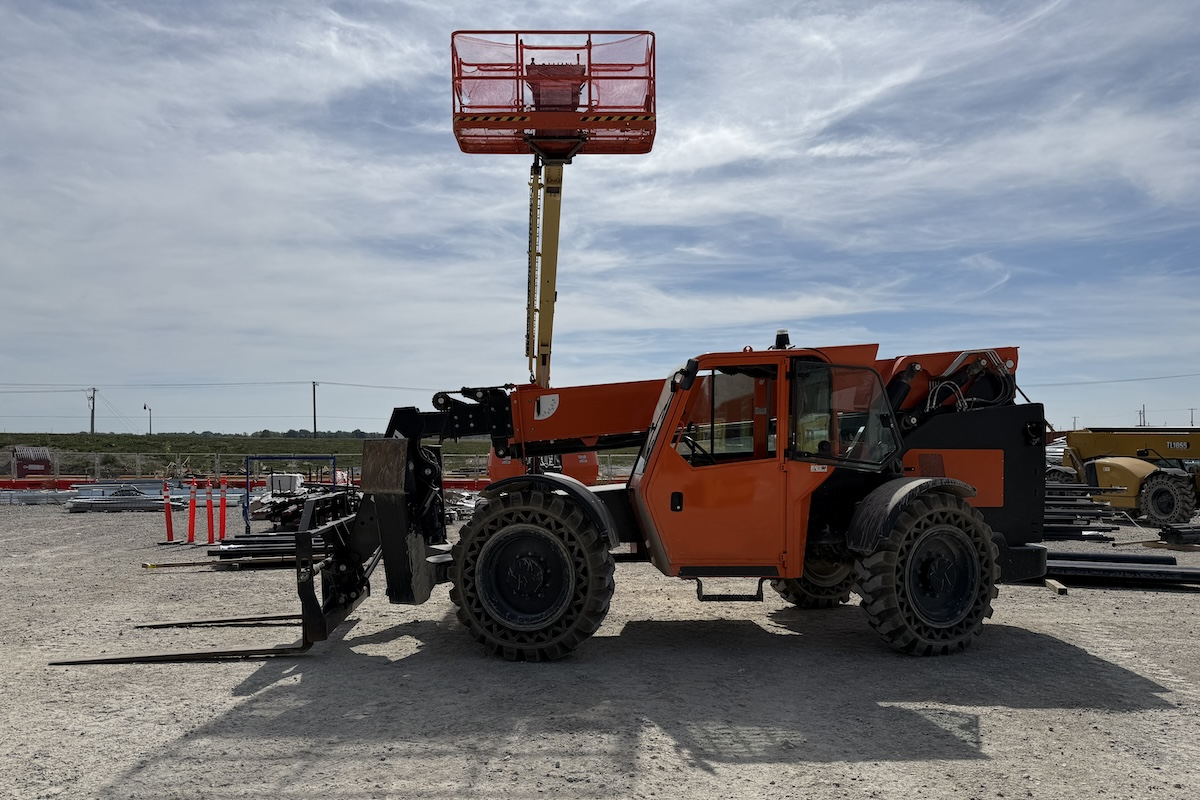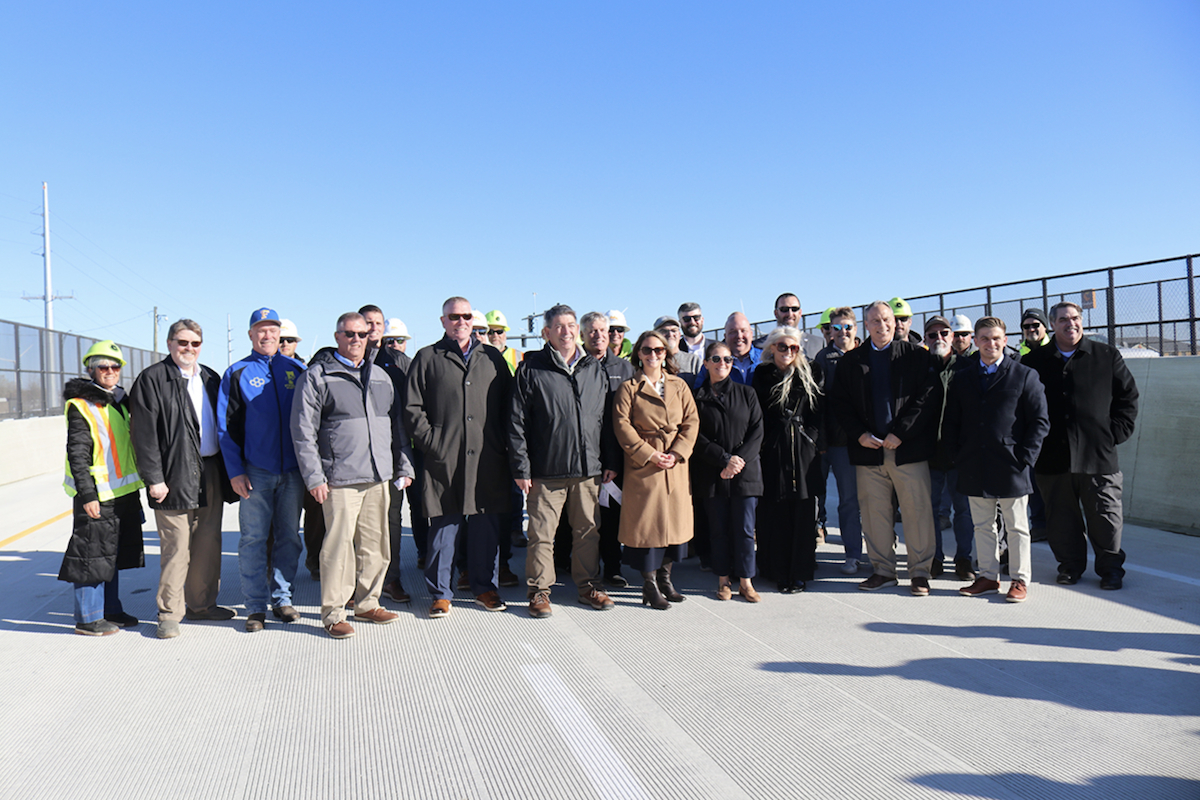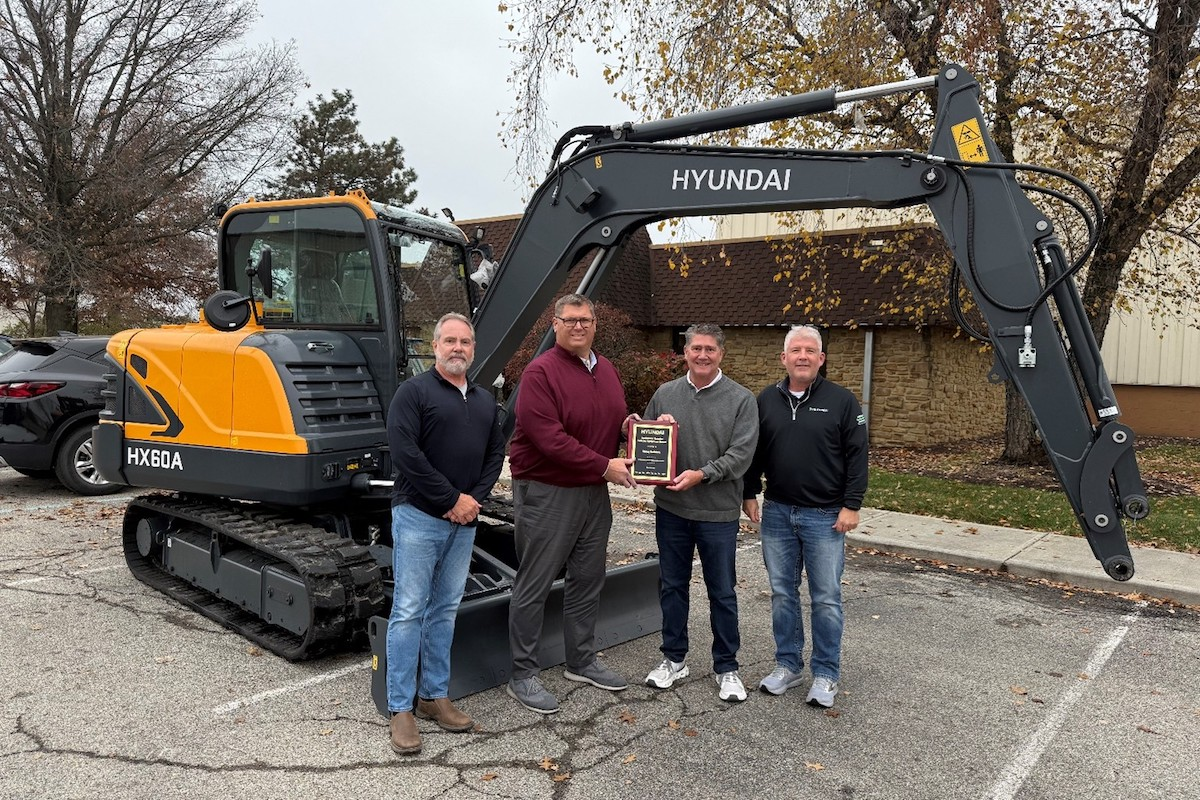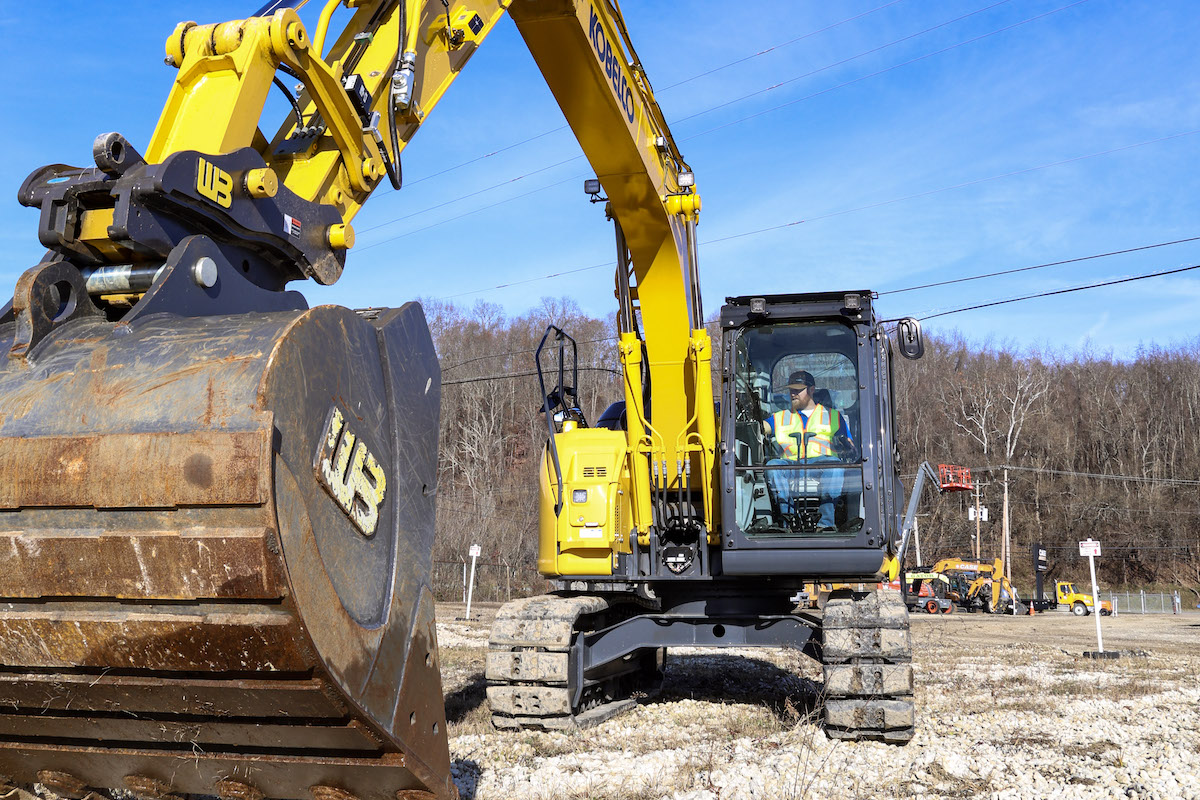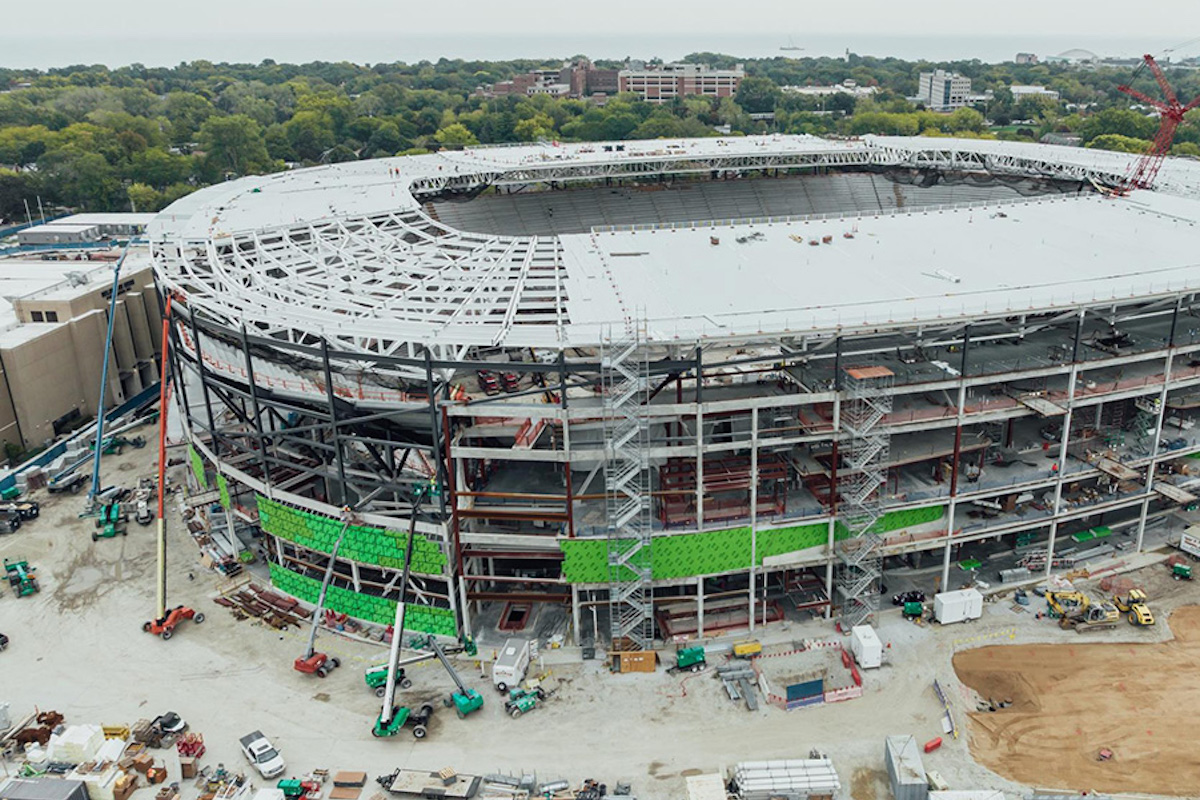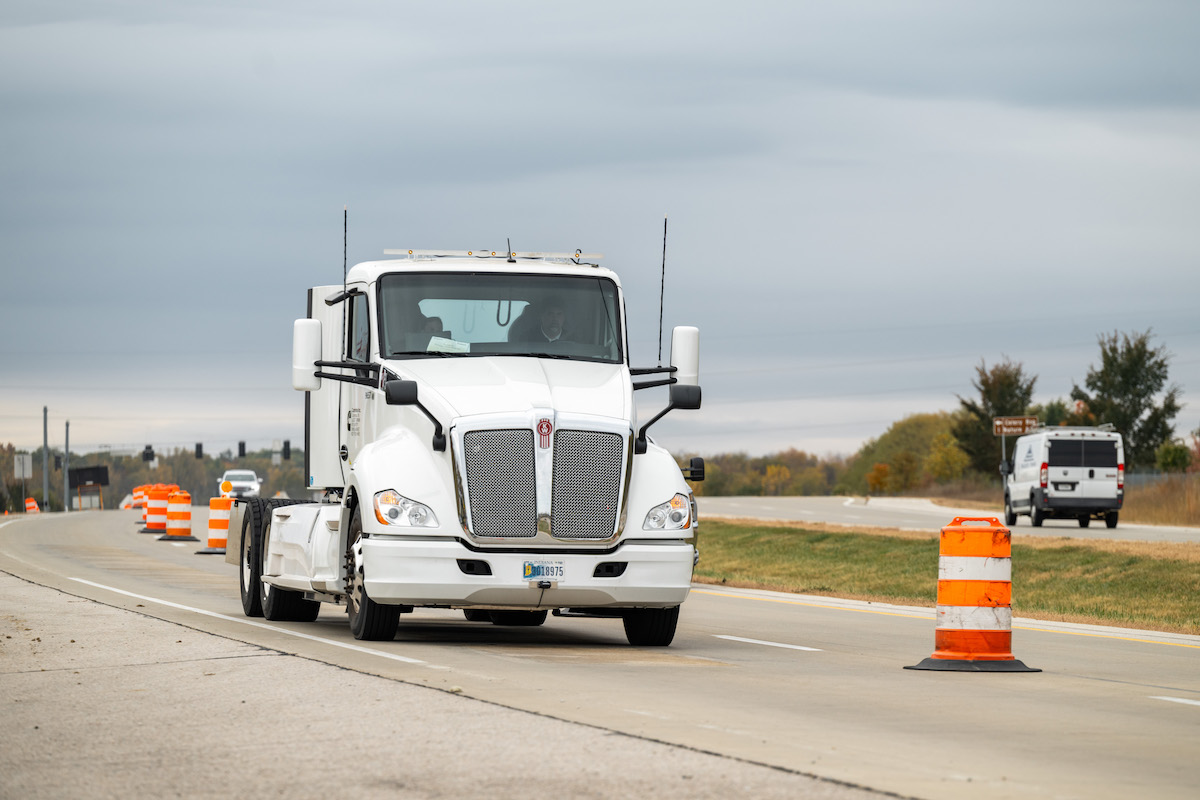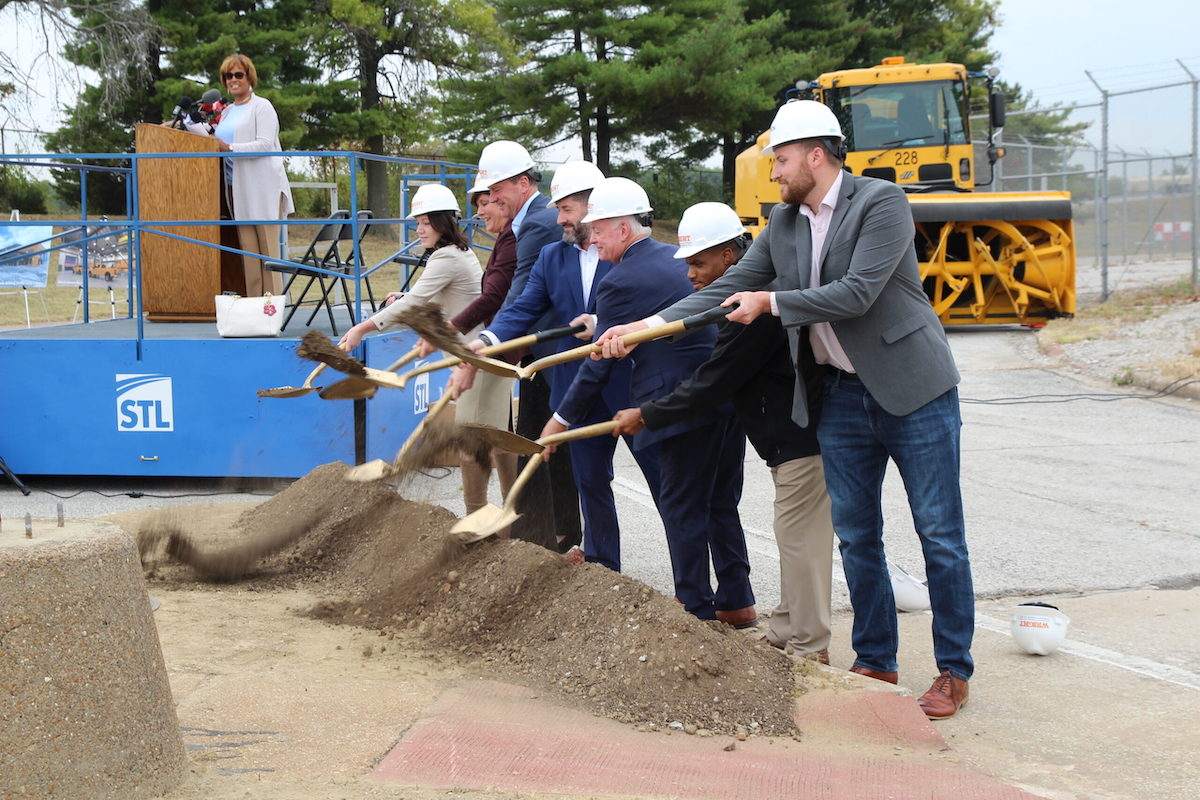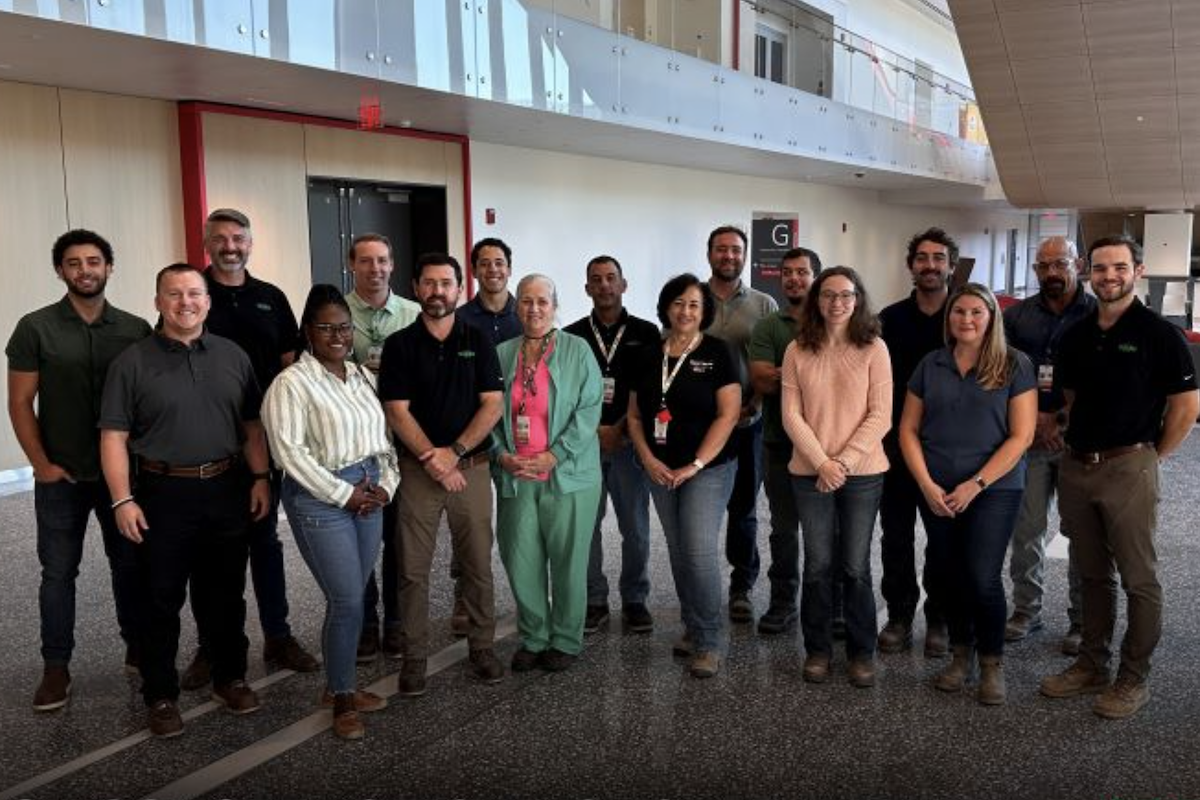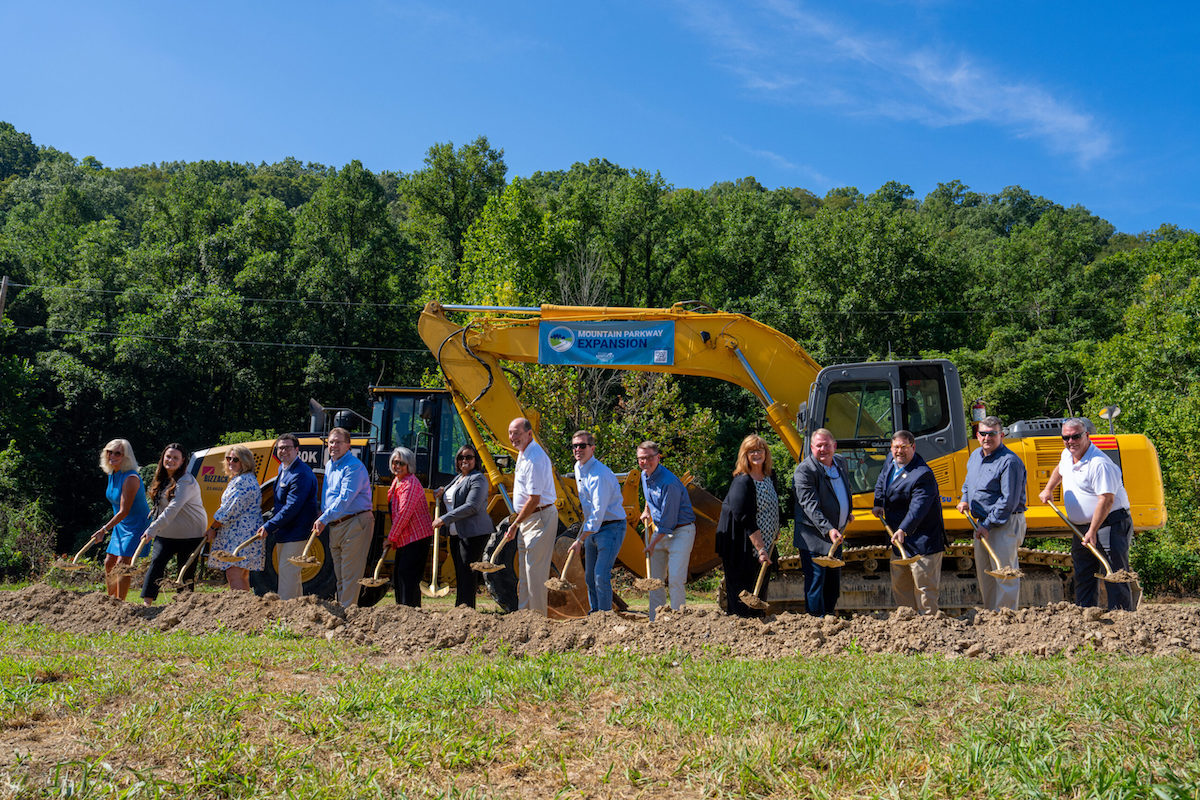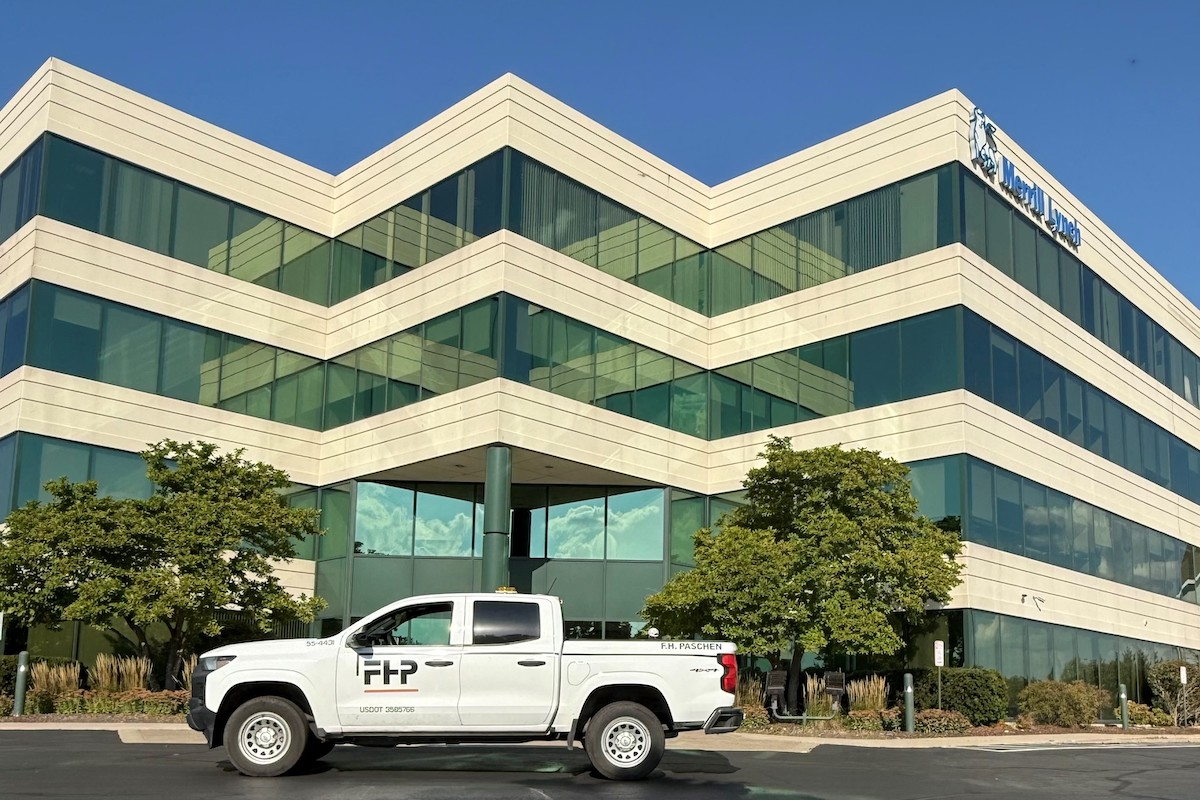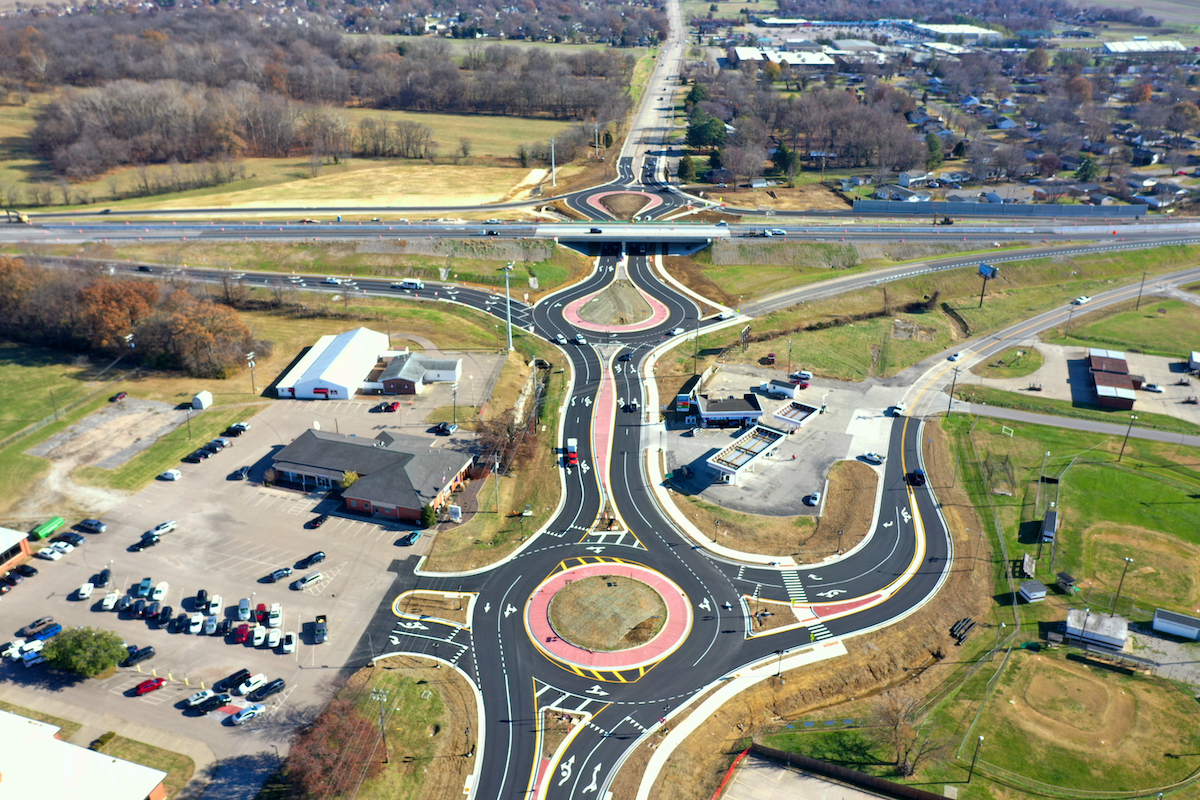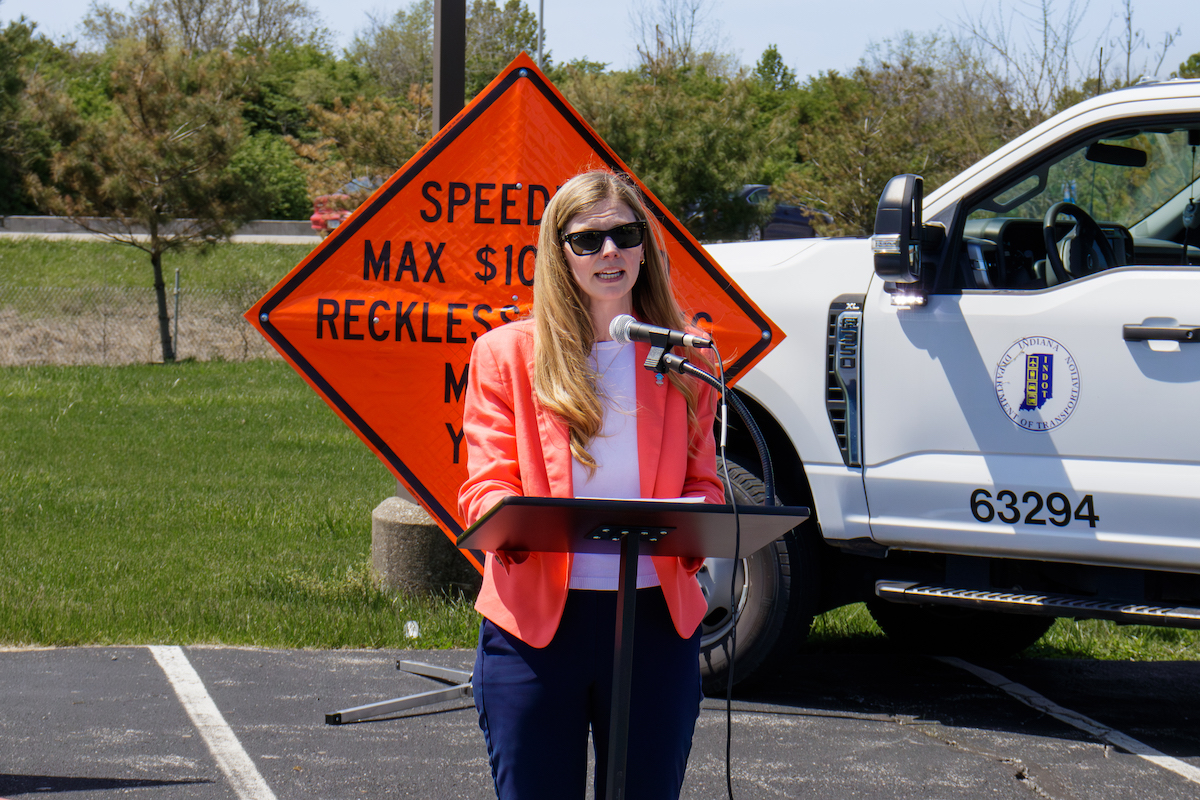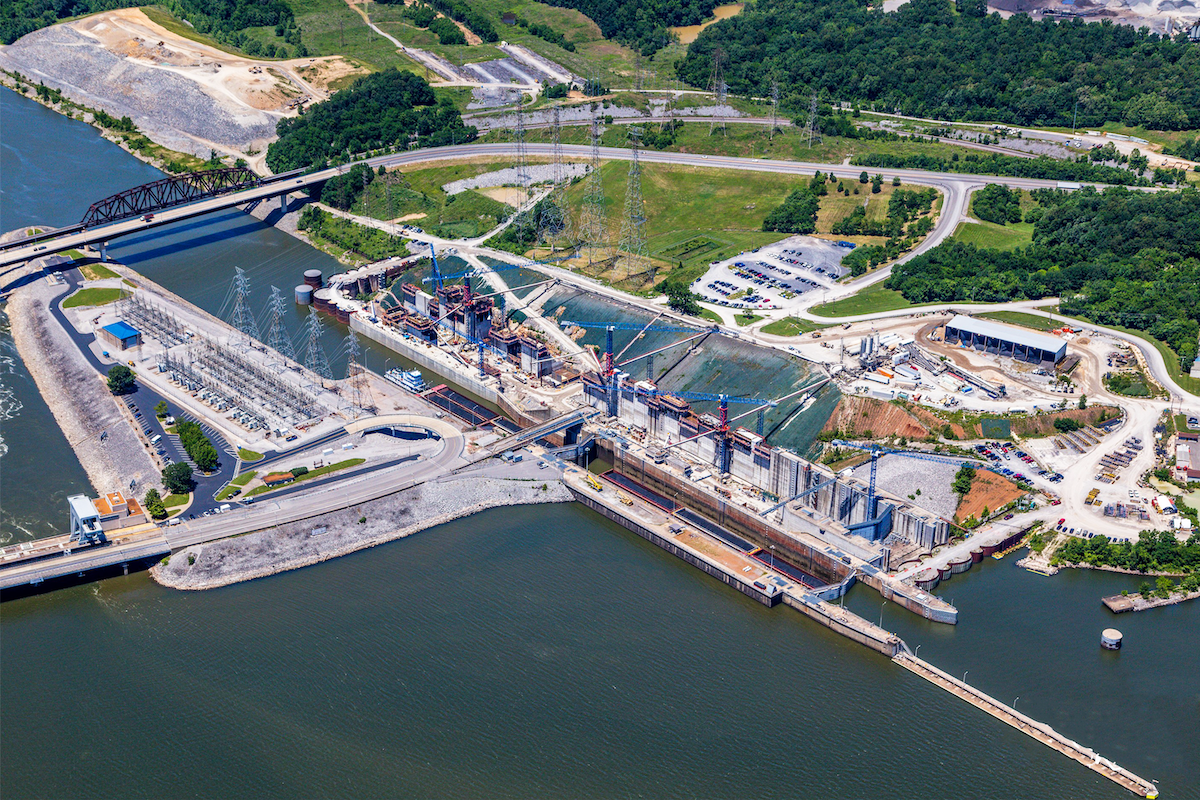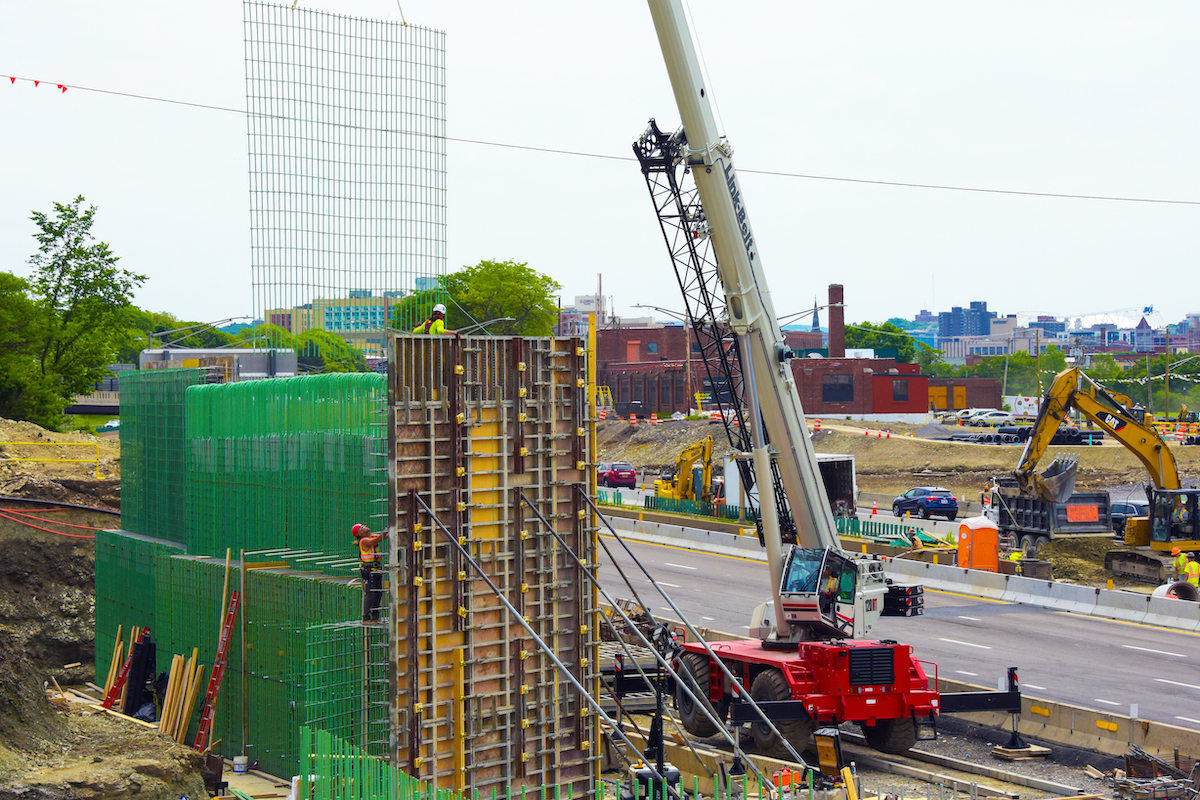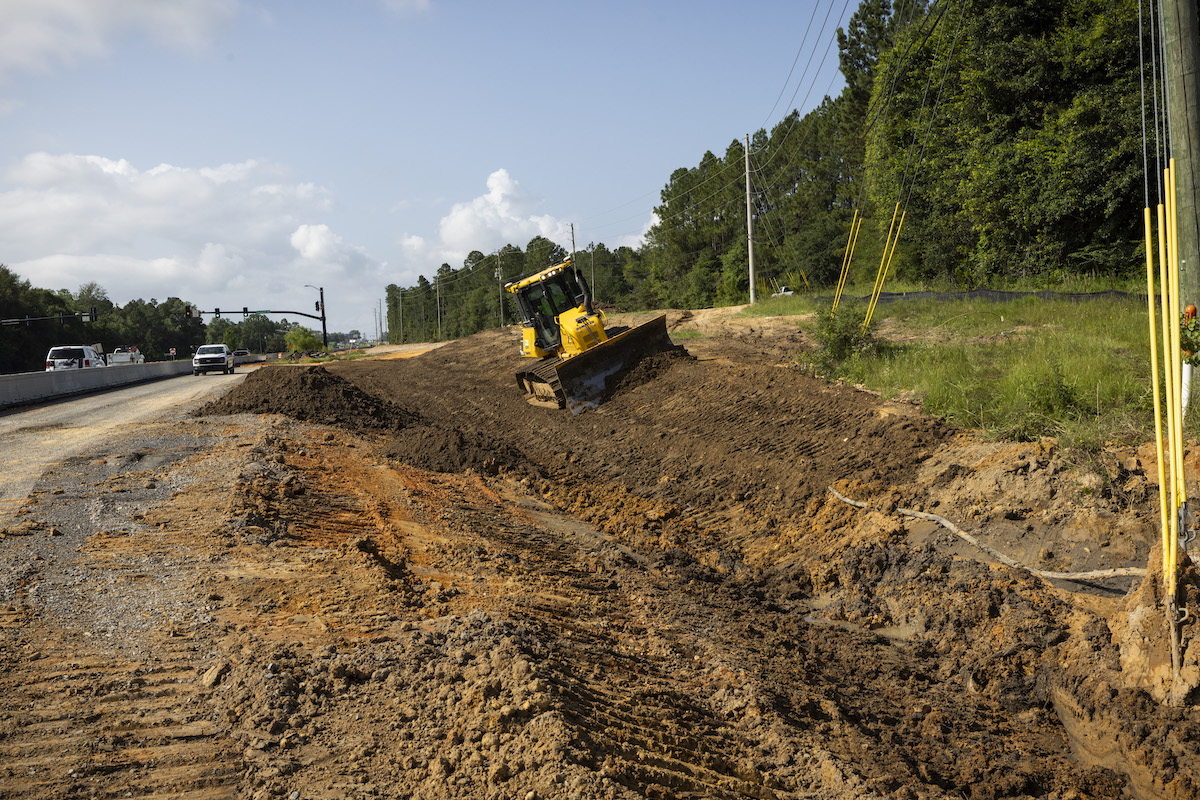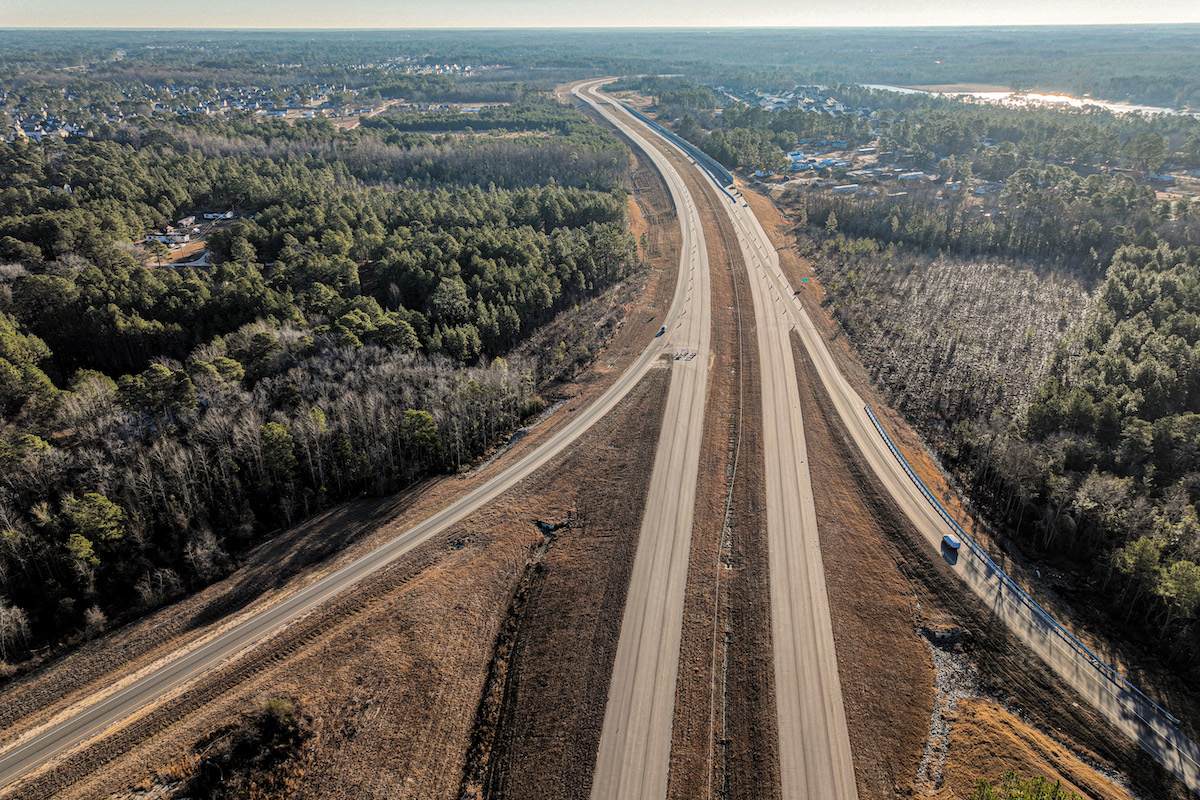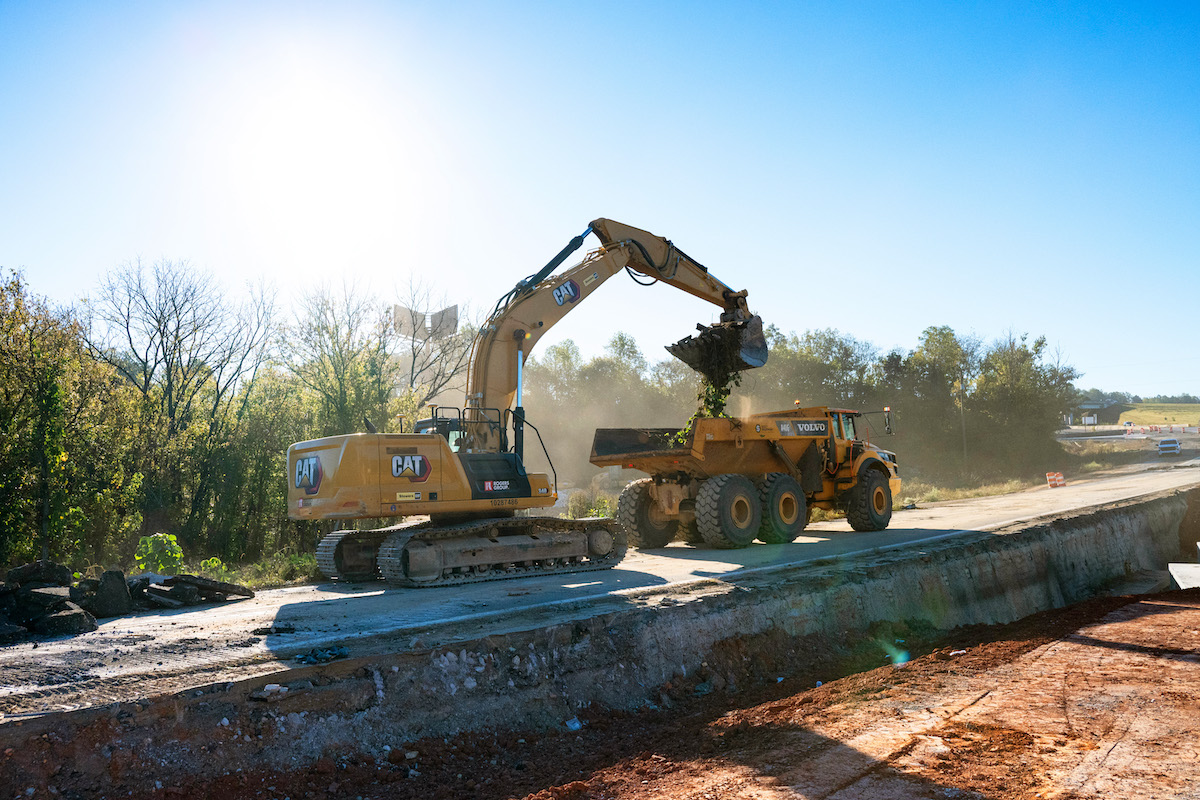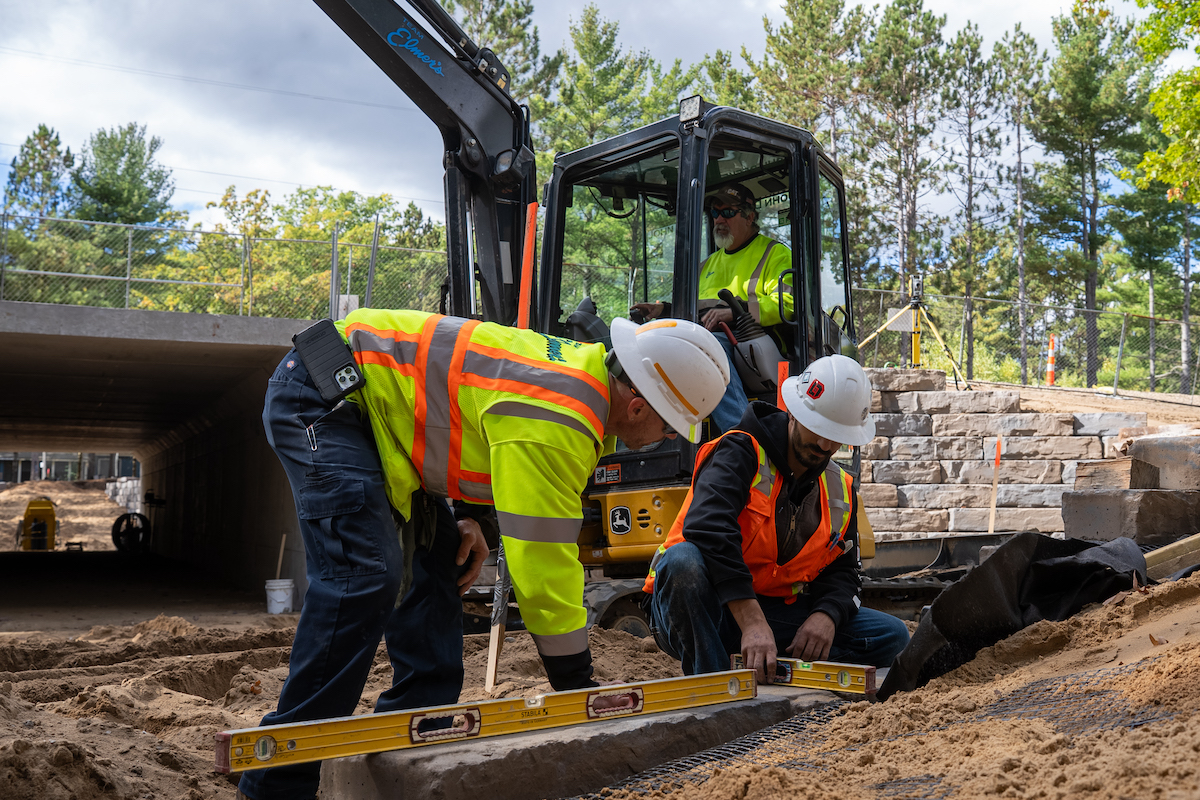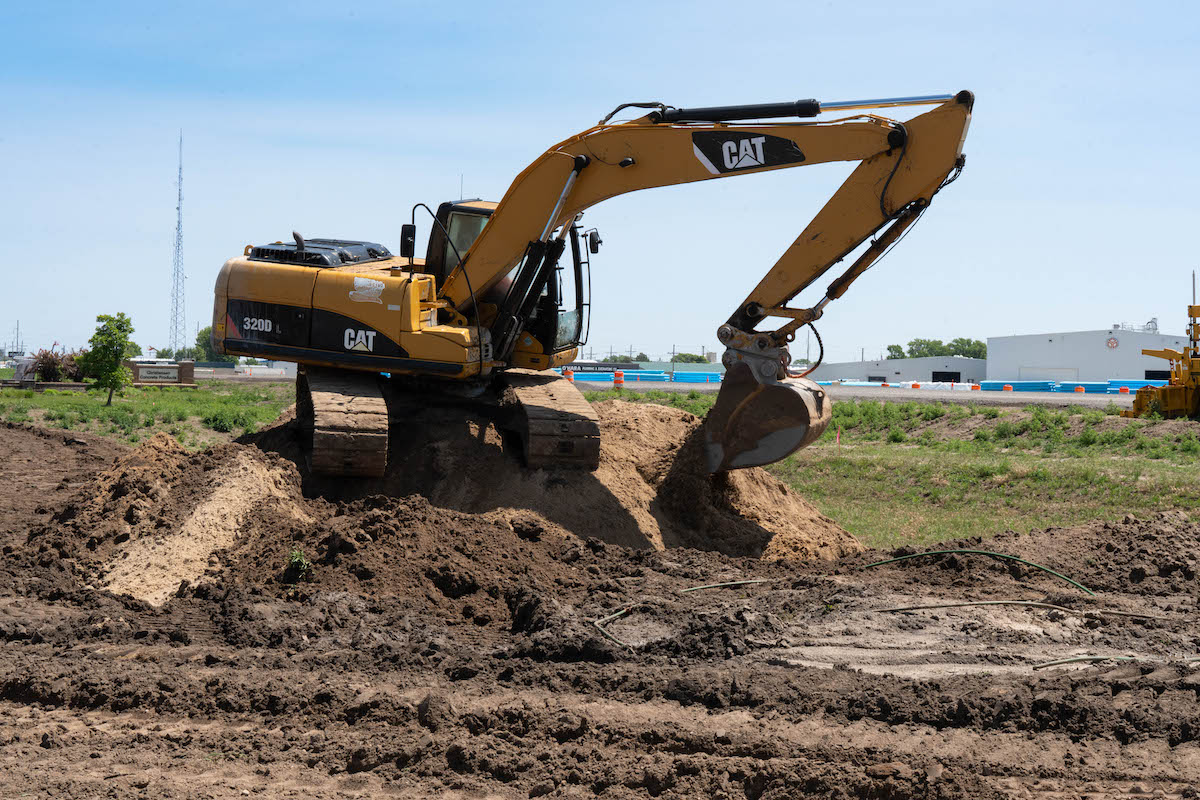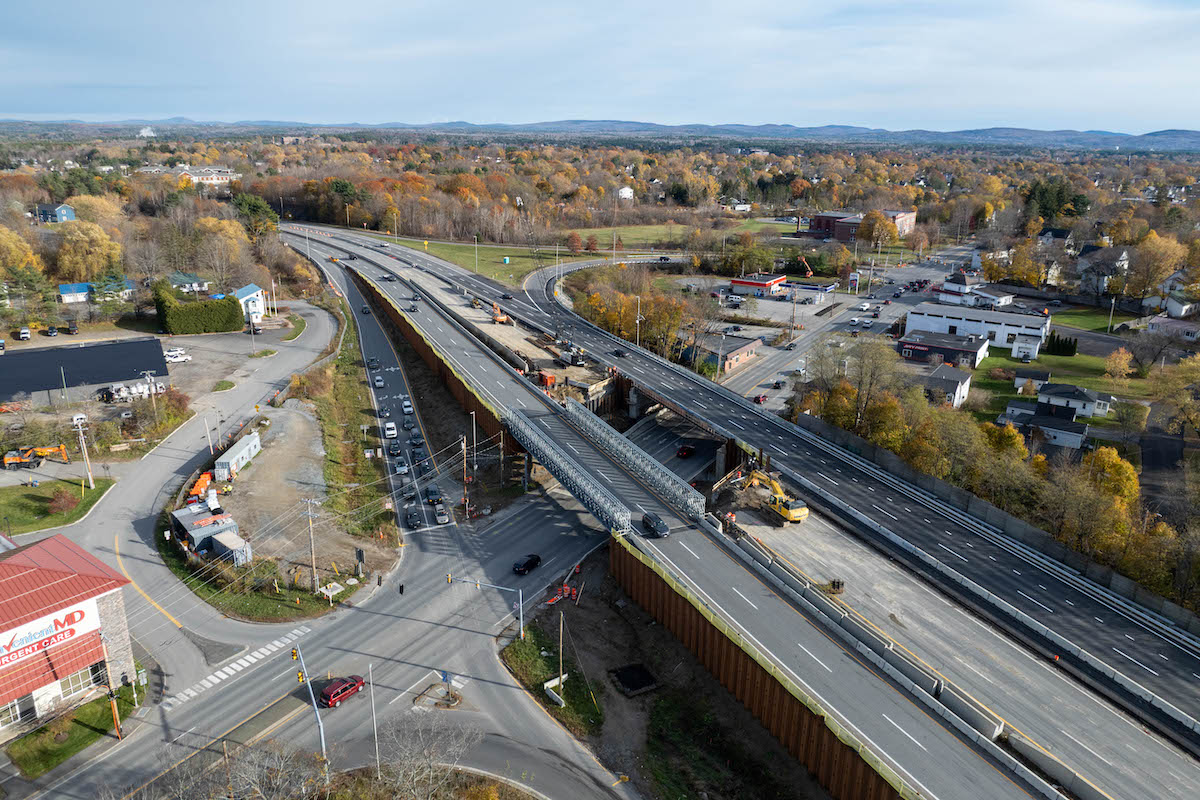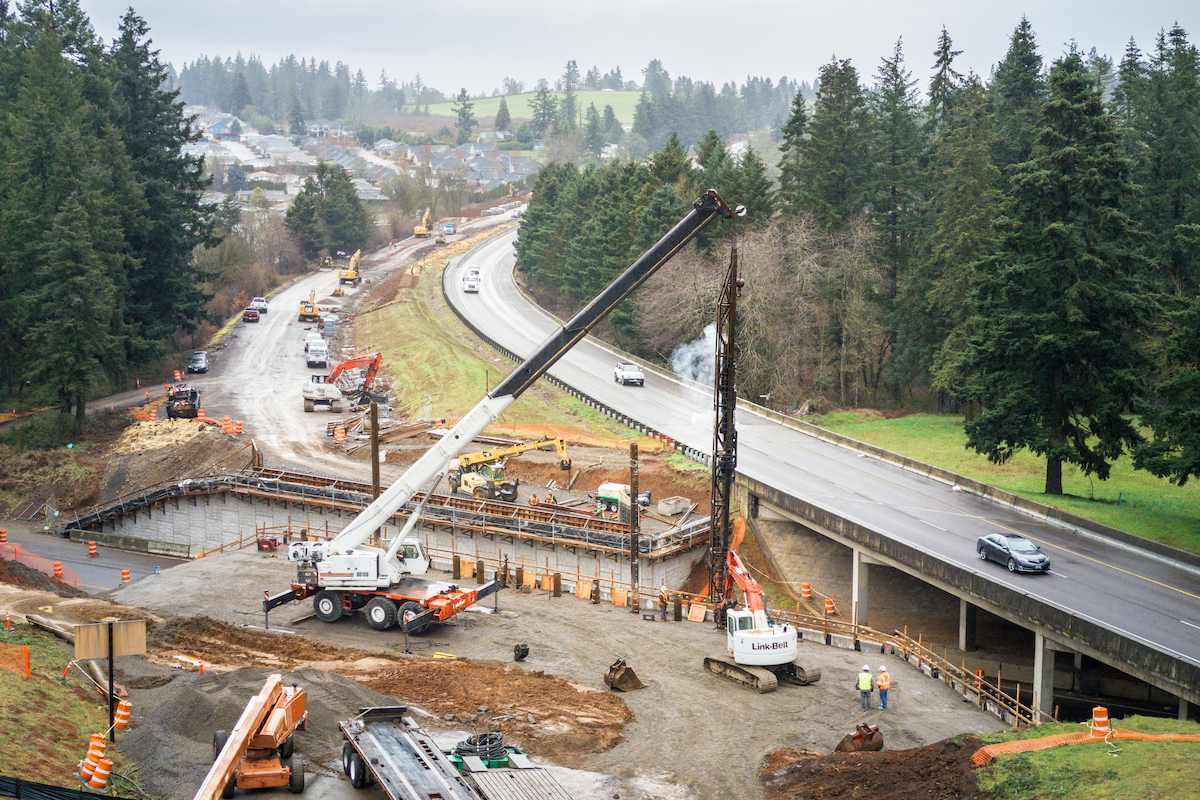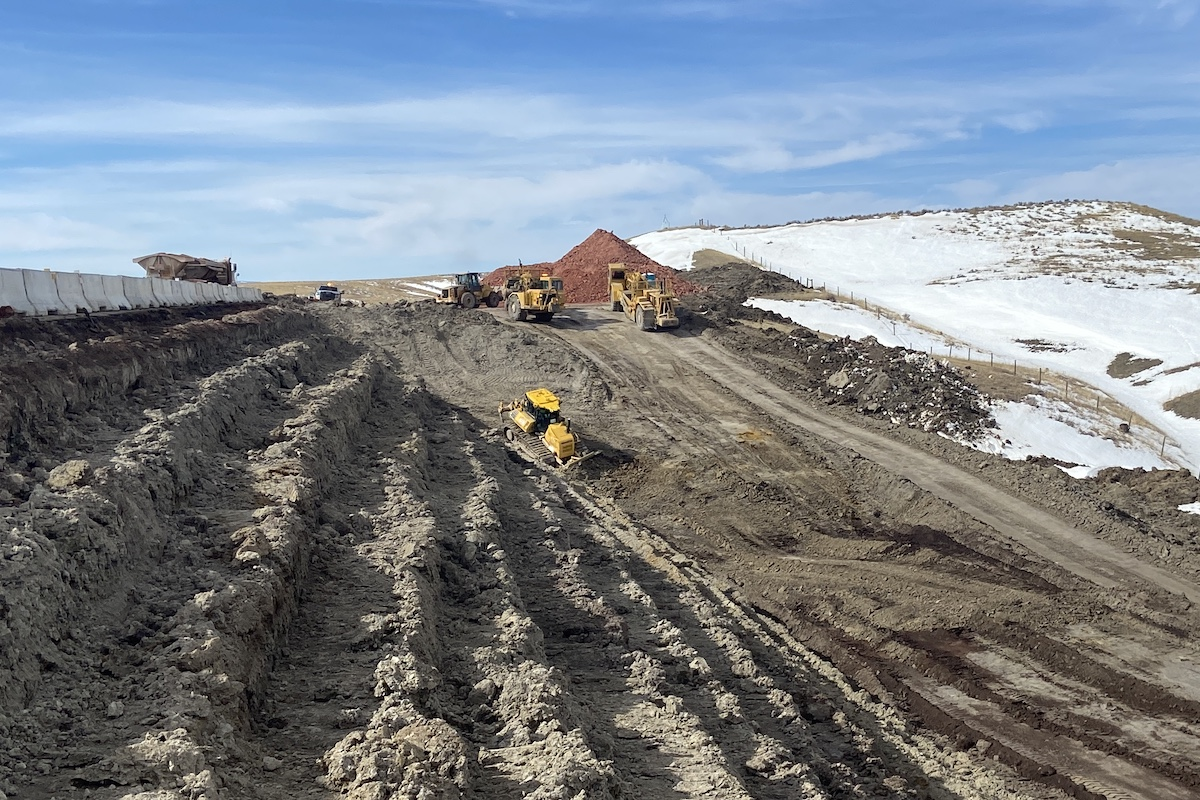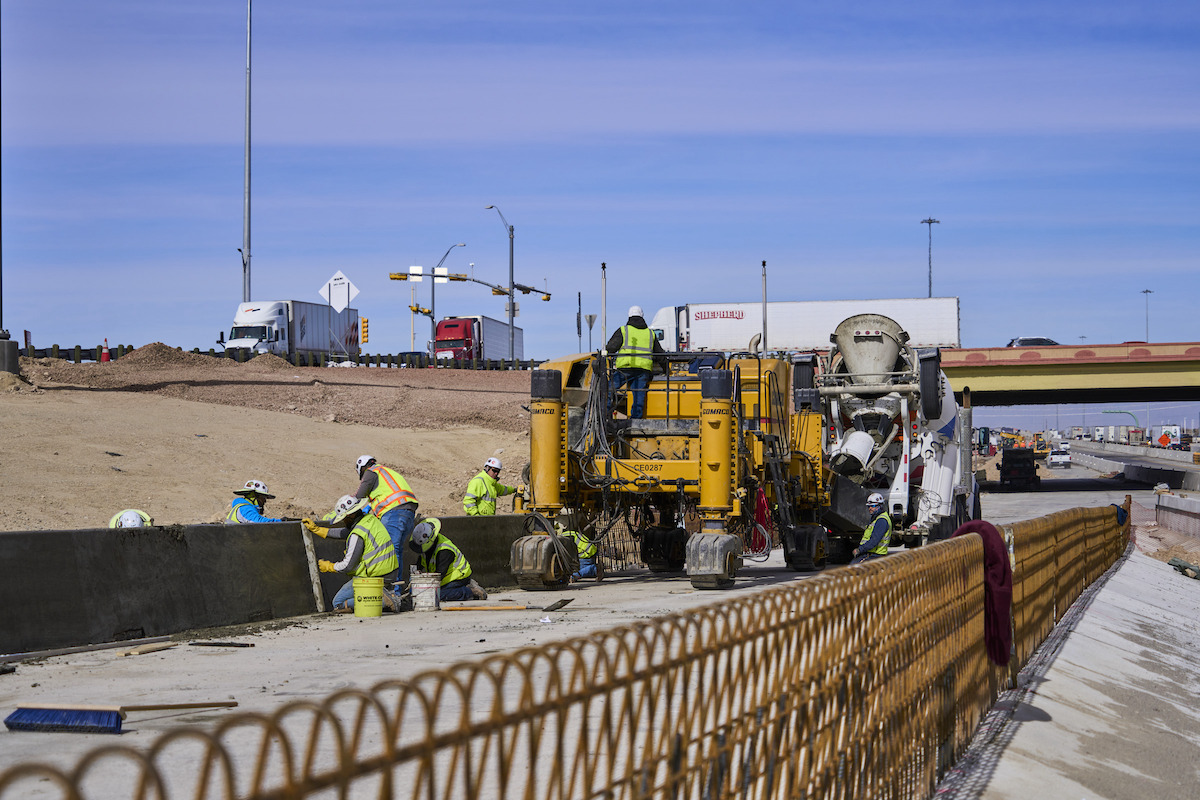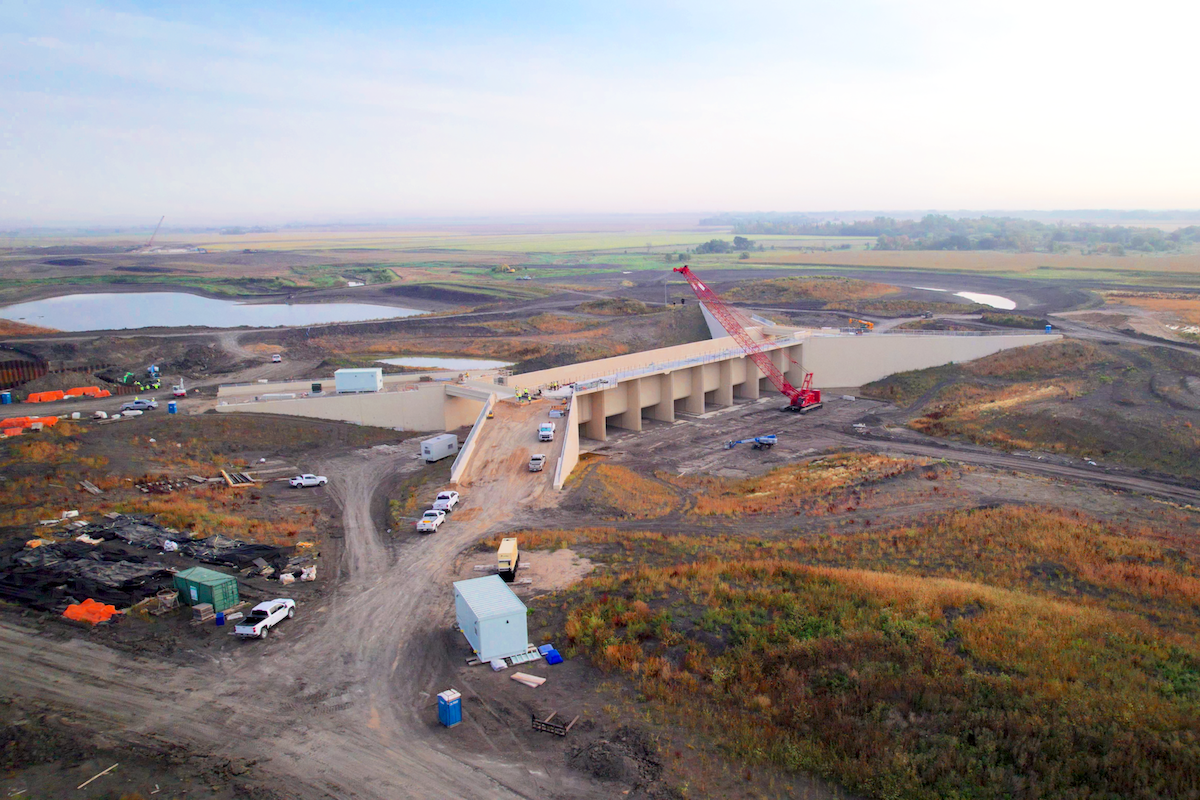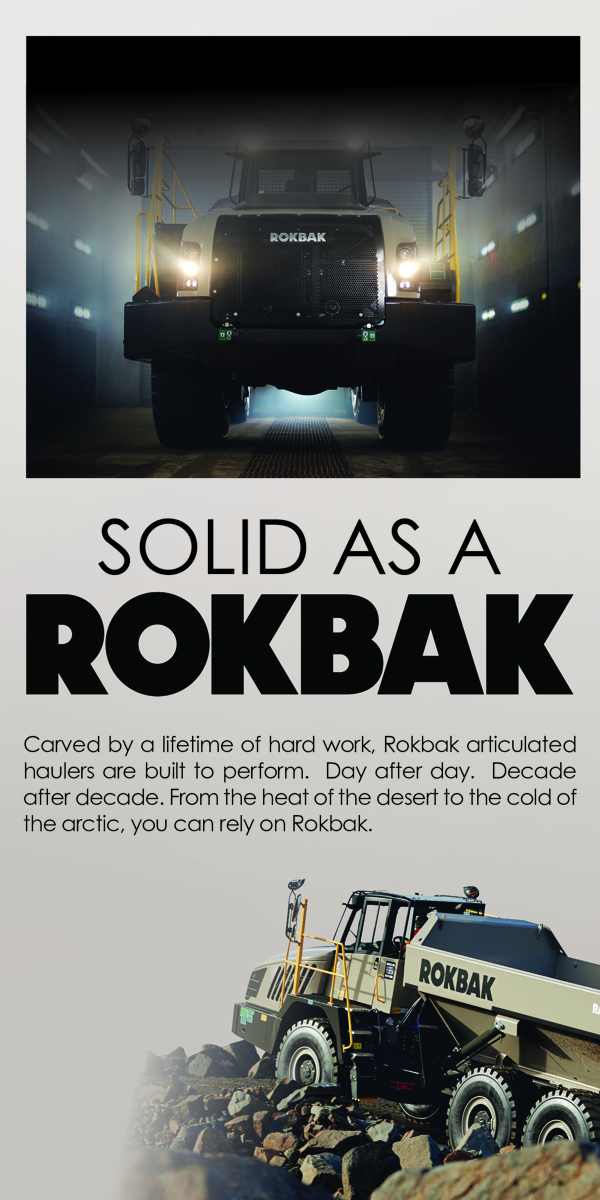COLUMBUS, OH — The Ohio Council of the American Society of Civil Engineers (ASCE) releases the 2025 Report Card for Ohio’s Infrastructure, assigning 17 categories of infrastructure across the Buckeye State a cumulative C grade. This is a one-step increase from the C- grade on the last Ohio report card issued in 2021 and matches the national infrastructure grade from ASCE’s 2025 Report Card for America’s Infrastructure, which was released in March.
Six of the 17 categories (Hazardous Waste, Levees, Ports, Public Parks, Roads, and Transit) covered by the report card saw grade increases, while four categories (Energy, Inland Waterways, Rail, and Schools) saw their grades drop. The report card also includes a new category — Aviation — which was not part of the 2021 report.
“This report card shows that investments at local, state, and federal levels in infrastructure improves the economy, quality of life, and public health for everyone in Ohio,” said Charles Sawyer, PE, Chair of the 2025 Report Card for Ohio’s Infrastructure. “While some infrastructure systems are improving, many Ohioans have witnessed the consequences of an infrastructure system failure, particularly the 2023 train derailment in East Palestine. This report card takes a tough look at what must be done to prevent a similar disaster in other communities moving forward.
Ohio drivers are seeing improved conditions on roads, with the grade increasing one step to a D+, the same as the national roads grade. Bridges maintained their C+ grade, which is above the national C grade. Increased funding has helped fund projects to improve these networks, jumping from $3.29 billion in funding in 2019 to $3.74 billion in 2023. However, 83 percent of Ohio Department of Transportation funding comes from federal and state fuel taxes, which are losing purchasing power as road construction and labor costs increase, and drivers switch to more fuel efficient or electric vehicles. The state has responded to some funding concerns by adding registration fees for hybrid and electric vehicles to make up for the money those drivers would have paid in gas taxes. Funding from the Infrastructure Investment and Jobs Act (IIJA) is also helping improve conditions, including one of the largest projects funded by the IIJA, construction of the Brent Spence Companion Bridge between Cincinnati, Ohio, and Covington, Kentucky.
Interstate highways have seen a dramatic improvement over the last decade, with 71.5 percent of these roads in good condition in 2022, compared to just 35.3 percent in 2013. Poor road conditions have a $14.4 billion cost to drivers across the state, and commuters in the Cincinnati, Cleveland, and Columbus, Ohio, metropolitan areas all spend more than 40 hours per year stuck in traffic. The report found that 59 percent of the state’s 45,234 bridges are in good condition, which is much higher than the national rate of 44 percent. However, with a goal of rehabilitating or replacing all bridges that have been in service for 75 years or longer by 2050 (which applies to 22,000 bridges), the state will need to increase the number of bridges being serviced or replaced annually to keep pace with this goal.

| Your local Gomaco dealer |
|---|
| Fabick CAT/MO |
The 2023 train derailment, fire, and spillage of hazardous materials in East Palestine resulted in 167,000 tons of contaminated soil and 39 million gallons of contaminated water needing to be removed from the derailment site, putting public health and safety in jeopardy. While the National Transportation Safety Board says the probable cause of the derailment was a failure of a bearing in a rail car, the disaster highlighted the dangers that come with freight rail transportation and a search for solutions to prevent similar events in the future. Ohio’s rail infrastructure transports nearly 114 million tons of freight per year on more than 5,000 miles of tracks, playing a crucial role in the movement of goods through the Midwest and facilitating economic activity. The rail grade fell to a B-, compared to a B in 2021.
Water quality remains a critical concern, given the state’s dense population, increasingly frequent extreme weather events, and industrial activity in the state, along with Ohio’s reliance on surface water from Lake Erie and creeks and rivers. Ohio’s drinking water (D+, unchanged from 2021) and wastewater (C-, unchanged from 2021) systems are severely underfunded, and the majority of each network has exceeded its intended design life of 50 years. Aging pipelines are leading to more frequent water main breaks along the drinking water system, and the state lacks the resources to fully replace the inventory of harmful lead service lines. The state needs almost $16 billion in clean water improvements for wastewater to meet the water quality and human health goals of the Clean Water Act.
The report card was created as a public service to inform citizens and policymakers about infrastructure needs in Ohio. Civil engineers use their expertise and school report card-style letter grades to condense complicated data into an easy-to-understand analysis of Ohio’s infrastructure network. ASCE state report cards are modeled after the Report Card for America’s Infrastructure, which is released once every four years. The 2025 Report Card for America’s Infrastructure assigned America’s infrastructure a C grade, the highest national grade in the report card’s history.

